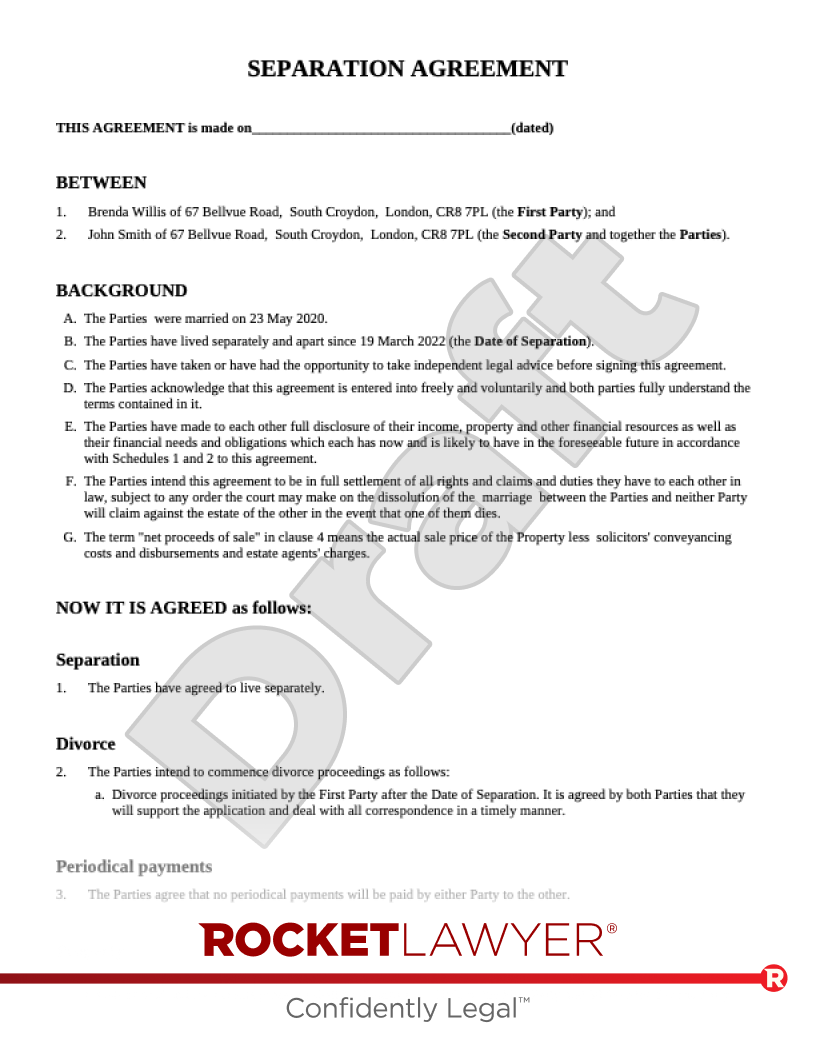What was the old system for getting a divorce?
The old model for divorce in England and Wales operated on a ‘fault-based’ system. Couples had to prove that their marriage has broken down and could not be saved (referred to as ‘irretrievable breakdown’) on the basis of:
-
unreasonable behaviour (eg refusal to contribute towards shared living expenses
-
adultery)
-
desertion
-
2 years separation (if the other spouse agreed to the divorce)
-
5 years separation (if the other spouse did not agree to the divorce)
The old system has no option for couples to submit a joint divorce petition. Instead, one partner was required to identify a fault in the other’s behaviour or actions and provide evidence of this. This fault could be contested by the other partner, drawing out the process and increasing costs.
What does the no-fault divorce law change?
The 2020 Act aims to update the divorce process, the key changes being:
-
the irretrievable breakdown of marriage being evidenced by a sole or joint statement alone and not needing to rely on specific grounds for divorce
-
no option for one party to contest the divorce
-
terminology being modernised to make family law more accessible to the public
-
the timeline of the divorce process being reformed
Statement of irretrievable breakdown
No-fault divorce still focuses on the same concept of ‘irretrievable breakdown’ but removes the need to assign fault. Instead, the breakdown can be proved by a sole or joint statement signed by one or both partners. No further evidence is required to prove that the marriage has broken down.
No right to contest
The new law also removes the option for one partner to contest a divorce, as the sole statement of an irretrievable breakdown by a single partner is sufficient grounds for separation. This tackles unnecessary obstacles to separation that have previously left individuals trapped in unhappy marriages.
New terminology
Key terms have been modernised to simplify the process, for example:
-
‘decree nisi’ (ie the document stating that the court does not see any reason why the divorce cannot proceed) is renamed ‘conditional order’
-
‘decree absolute’ (ie the official legal document ending a marriage) is renamed ‘final order’
-
individuals submitting the application for a divorce are renamed ‘applicants’ rather than ‘petitioners'
Updated timeline
The timeline for a separation process has also been streamlined.
There will be a 20 week period of reflection from the start of proceedings to the granting of a conditional order. This is intended to give couples a chance to seek counselling services, reconcile their differences and/or consider financial and child arrangements post-separation.
After the conditional order is granted, there is an additional 6 weeks and 1 day waiting period before the final order can be applied for.
Therefore, the minimum amount of time for the divorce process to take place is 26 weeks, or roughly 6 months. However, the new legislation retains the previous rule that an application cannot be brought within the first year of marriage.
For more information, read The divorce process.




